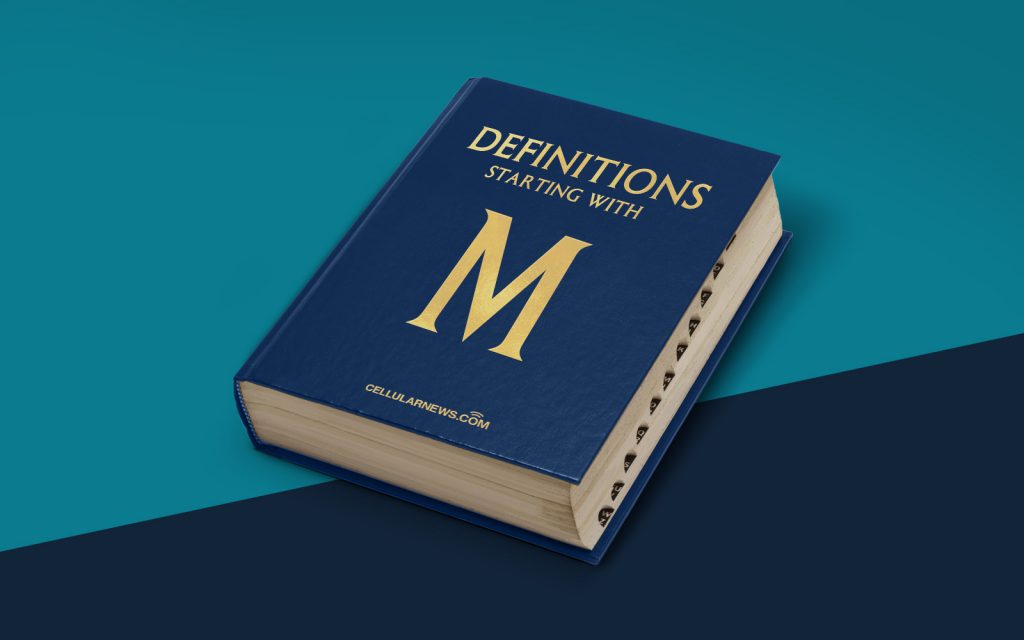
What is MPEG-4 Part 2?
Have you ever wondered what makes video files so small and easy to share? The answer lies in the magic of compression algorithms. One such algorithm is MPEG-4 Part 2, which has revolutionized the way we store and transmit video data. In this blog post, we will delve into the world of MPEG-4 Part 2, exploring its features and advantages.
Key Takeaways
- MPEG-4 Part 2 is a video compression algorithm that enables the creation of smaller file sizes without compromising video quality.
- It has been widely adopted by various industries, including broadcasting, video conferencing, and streaming platforms.
The Power of Compression
Compression is the process of reducing the size of a file without significantly affecting its quality. It accomplishes this by eliminating redundant or unnecessary data, resulting in efficient storage and faster transmission. MPEG-4 Part 2 is an advanced compression algorithm that works wonders with video files.
So, how does MPEG-4 Part 2 achieve this feat? Let’s dive into its features:
- Variable Bit Rate (VBR): MPEG-4 Part 2 allows for variable bit rates, which means it adjusts the amount of data used to encode a scene based on its complexity. This flexibility ensures that more details are retained in high-action scenes, while less important scenes are compressed more efficiently.
- Object-Based Encoding: Unlike previous compression methods, MPEG-4 Part 2 does not treat the whole video as a single entity. Instead, it separates the video into individual objects, such as people or objects within the scene. By independently compressing these objects, the algorithm can allocate more bits to areas that require higher visual fidelity, resulting in superior image quality.
- Error Resilience: Another remarkable feature of MPEG-4 Part 2 is its ability to recover from errors. Even if there is data loss during transmission, the algorithm can intelligently interpolate missing information to maintain video continuity. This ensures a seamless playback experience for viewers.
- Compatibility: MPEG-4 Part 2 enjoys widespread compatibility across different devices and platforms. It can be played on various media players and is supported by popular video codecs. This versatility makes it an excellent choice for content creators and streaming services alike.
MPEG-4 Part 2 in Action
MPEG-4 Part 2 has found its application in numerous industries. Here are some scenarios where it shines:
- Broadcasting: Television broadcasters use MPEG-4 Part 2 to transmit high-quality video signals efficiently. This ensures that viewers receive crisp visuals without sacrificing bandwidth.
- Video Conferencing: With the rise of remote work, video conferencing has become an essential tool for communication. MPEG-4 Part 2 allows for smooth and seamless video conferencing experiences by compressing video streams efficiently and reducing latency.
- Streaming Platforms: Online streaming platforms like YouTube and Netflix rely on MPEG-4 Part 2 to deliver high-definition content to millions of users worldwide. This technology enables smooth streaming even on limited bandwidth connections.
In conclusion, MPEG-4 Part 2 is a remarkable video compression algorithm that has revolutionized the way we handle video files. Its efficient compression techniques, object-based encoding, error resilience, and widespread compatibility make it a go-to choice for content creators, broadcasters, and streaming services. So the next time you watch a video, remember the incredible technology behind the scenes that brings it to you in all its glory!
